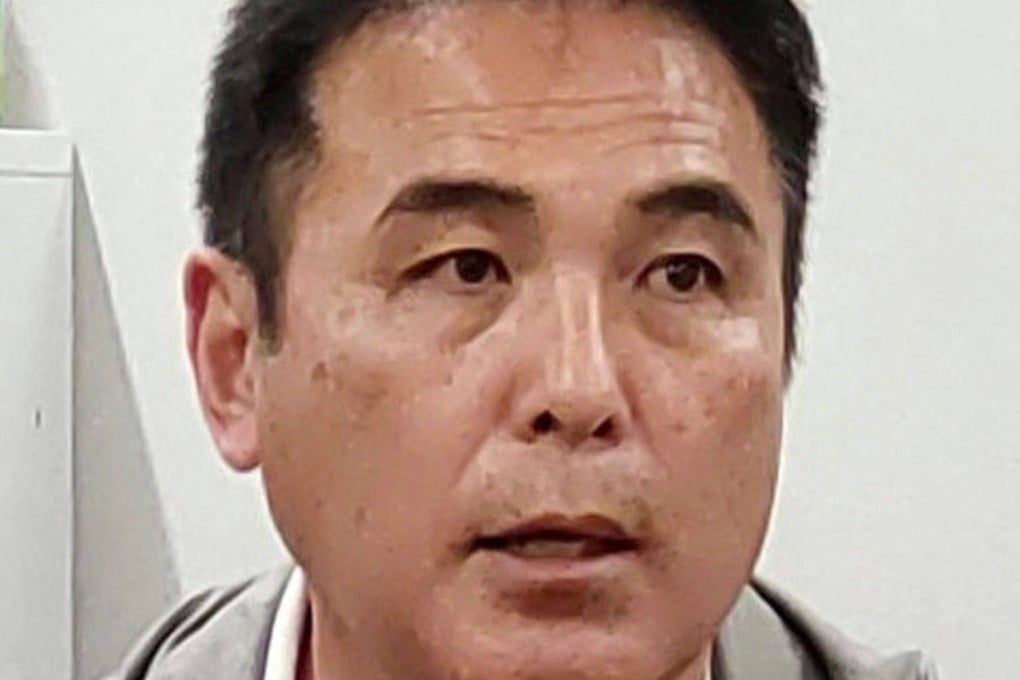Japan's Legal Gap on AI-Generated Child Abuse Imagery
A loophole in Japan's laws on AI-generated child abuse imagery has been exposed, prompting calls for urgent reform to protect children and align with global standards.

Japan’s AI Child Porn Loophole Exposed by International Conviction
A high-profile conviction of a Japanese football executive abroad has exposed a critical legal loophole in Japan regarding the use of artificial intelligence (AI) to generate child sexual abuse material (CSAM). The case has drawn global attention to Japan’s outdated laws, which currently treat AI-generated imagery differently from real images, raising urgent questions about child protection, technological advancement, and international legal cooperation.
Background: The Case That Sparked the Debate
The controversy centers on the arrest and conviction of a senior Japanese football executive outside Japan for possession of AI-generated child sexual abuse imagery. While Japan’s laws strictly prohibit the possession, distribution, and production of CSAM involving real children, they do not explicitly criminalize AI-generated images that do not depict actual victims. This gap has allowed a legal gray area to persist, even as AI tools have made it easier and faster to create hyper-realistic abusive imagery without directly harming a child.
The executive’s conviction abroad—where laws are stricter and apply equally to both real and AI-generated CSAM—highlighted the discrepancy and triggered a domestic and international outcry. Advocacy groups, legal experts, and foreign governments have called on Japan to urgently update its legislation to close this loophole, which they argue enables exploitation and complicates global efforts to combat child sexual abuse.
The Legal Landscape in Japan and Abroad
Japan’s Current Framework
Japan’s Act on Punishment of Activities Relating to Child Prostitution and Child Pornography criminalizes the production, distribution, and possession of CSAM involving real children. However, it does not address images generated by AI, deepfakes, or other synthetic media. This means that, under current law, someone who creates or possesses AI-generated CSAM in Japan may not face prosecution, even as the same conduct is illegal in many other countries.
International Standards and Recent Developments
Globally, there is a rapid evolution in legal frameworks to address the risks posed by AI. For example, the UK’s Data (Use and Access) Act 2025 introduced new offenses specifically targeting the creation or distribution of non-consensual intimate deepfake images, including those involving children. Similarly, regulatory bodies like Ofcom are consulting on requirements for platforms to use hash-matching and other technologies to detect and remove such content before it is posted. In contrast, Japan’s legal inertia has created a safe haven for those seeking to exploit this technological gap.
The Role of Technology Companies
Major technology platforms and AI developers are increasingly under pressure to implement proactive measures to detect and block harmful content, including AI-generated CSAM. Techniques such as hash-matching, which creates digital fingerprints of known abusive images, are already used to combat real CSAM. However, the unique challenge of AI-generated content—where every image can be subtly different—requires more advanced, adaptive solutions.
Implications and Broader Context
Risks to Child Safety
The loophole in Japanese law not only undermines domestic child protection efforts but also has international ramifications. Offenders may exploit Japan’s legal gap to produce and distribute AI-generated CSAM, knowing they are less likely to face prosecution. This creates challenges for international law enforcement cooperation and increases the risk that such material will proliferate globally.
Technological and Ethical Challenges
AI’s ability to generate realistic imagery poses both an opportunity and a threat in the fight against online abuse. While AI can help platforms moderate content more efficiently, it also empowers bad actors to create convincing, harmful material at scale. The ethical dilemma is clear: as AI becomes more advanced, the line between real and synthetic abuse imagery blurs, demanding robust legal and technological responses.
Advocacy and Public Response
Child protection organizations, such as the Internet Watch Foundation (IWF), emphasize the importance of survivor-led advocacy and the need for continued technological and legal innovation to protect victims. Campaigns like #ThinkBeforeYouShare aim to educate young people and parents about the risks of sharing explicit images, but legislative action is essential to close existing loopholes.
Calls for Reform
The exposure of Japan’s legal gap has prompted calls for immediate legislative reform. Key demands include:
- Explicit Criminalization: Amend Japan’s laws to explicitly prohibit the creation, distribution, and possession of AI-generated CSAM, aligning with international standards.
- Enhanced Detection Tools: Invest in advanced AI and hash-matching technologies to identify and block synthetic abusive content before it spreads.
- International Cooperation: Strengthen collaboration with foreign governments and tech companies to ensure consistent enforcement across borders.
- Public Awareness: Expand educational campaigns to inform the public about the risks and legal consequences of AI-generated CSAM.
Conclusion
The conviction of a Japanese football executive abroad has laid bare a significant weakness in Japan’s legal framework regarding AI-generated child sexual abuse material. While the country has been a leader in technological innovation, its laws have not kept pace with the rapid evolution of synthetic media. The case serves as a wake-up call for Japan to modernize its legislation, protect vulnerable children, and align with global efforts to combat online exploitation. Without urgent action, the loophole risks making Japan a haven for digital abuse and undermining international child protection initiatives.



